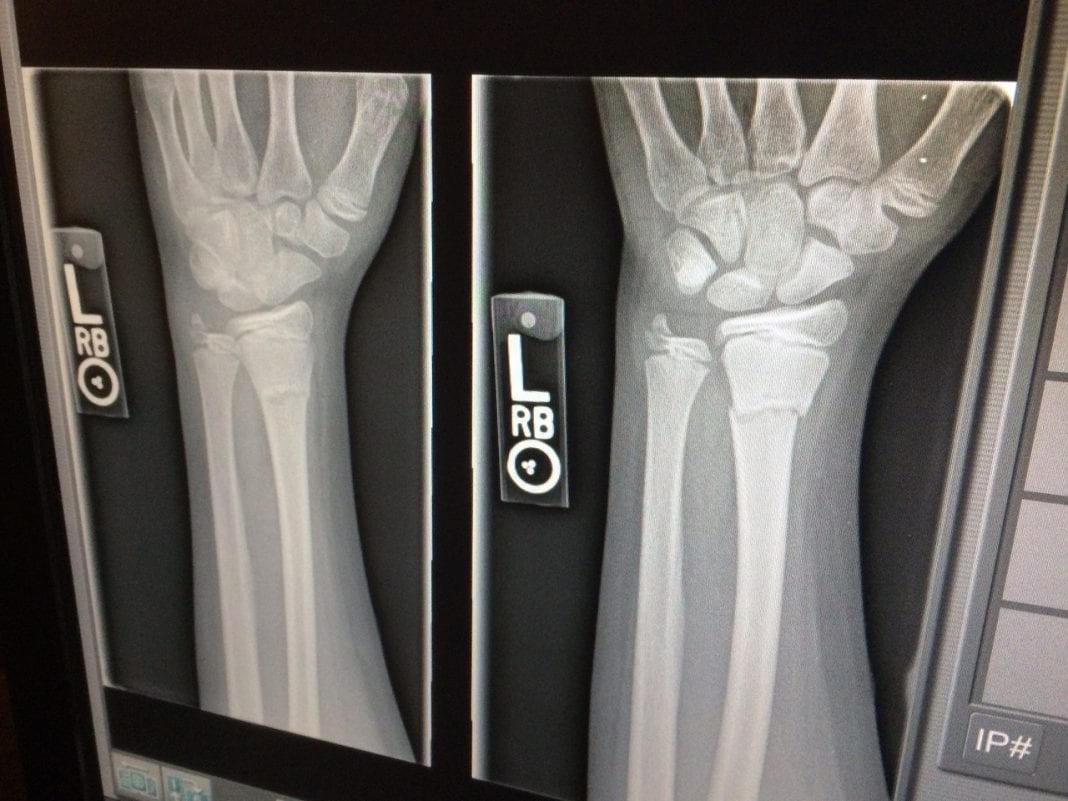Table of Contents - Jump Ahead:
A widespread, yet cynical piece of personal finance advice goes, “Don’t get sick.” The costs of medical treatment can be prohibitive, even for people who are gainfully employed and have employer-provided health insurance. Having to miss work because of an illness or injury is enough to upset the already precarious financial situation of millions of Americans. If your illness or injury is the result of your performance of your assigned job duties, though, you can file for workers’ compensation to cover the costs of treatment and, in some cases, lost income related to the incident. For example, falling off a ladder at work and breaking your arm counts as a work injury, and so does carpal tunnel syndrome resulting from your work sewing clothes in a garment factory. To get workers’ compensation benefits, though, you must follow the procedures of applying for workers’ compensation precisely.
Getting Documentation on Your Work Injury
If you are injured in an accident at work, make sure that the accident is documented. File an incident report at your workplace. If your injury requires treatment in the emergency room, make sure to tell the doctors and hospital staff that the cause of your injury was an accident at work.
Notify Your Employer of Your Diagnosis
Even if you do not go to the emergency room immediately after your injury, you should see a doctor as soon as possible and get an official diagnosis of your injury. You must report the injury to your employer within 30 days of the incident and request an application for workers’ compensation benefits. Likewise, if you receive a diagnosis of an illness caused by your work, anything from cancer resulting from occupational exposure to carcinogens to clinical anxiety resulting from workplace harassment, you must notify your employer of the diagnosis within 30 days of receiving it in order to be eligible for workers’ compensation.
File a DWC-1 Form
Your employer must file a DWC-1 form, of which you must complete the “employee” portion. If your employer does not give you the form, you can download it from the DWC website or call the DWC office to request it. You should hand deliver the form, with your portion completed, to your employer or send it to them by certified mail so that you have a record of when you sent it. Your employer must then fill out a portion of the form and file it with the Division of Workers’ Compensation. While you are waiting for a decision about workers’ compensation, continue the treatment recommended by your doctor. You have the right to ask for workers’ compensation to cover up to $10,000 of treatment received while you were waiting for a decision about your claim. If you do not receive a letter about the decision within 90 days, you can assume that your claim has been accepted.
What’s Next?
If your claim is accepted, you can ask your doctor to send your medical bills to your employer instead of to you. If your claim is denied, file an Application for Adjudication of Claim form, and consult a workers’ compensation attorney to help you prepare for your hearing.
Hire a Workers’ Compensation Lawyer
If you or family member was injured at work in Southern California, you can hire a qualified Los Angeles workers’ compensation lawyer to help with your claim. The California works’ compensation system can be a bureaucratic nightmare and highly stressful to deal with on your own, especially in the wake of a serious injury. Contact us today to schedule a free consultation regarding your matter with one of our listed attorneys.


































